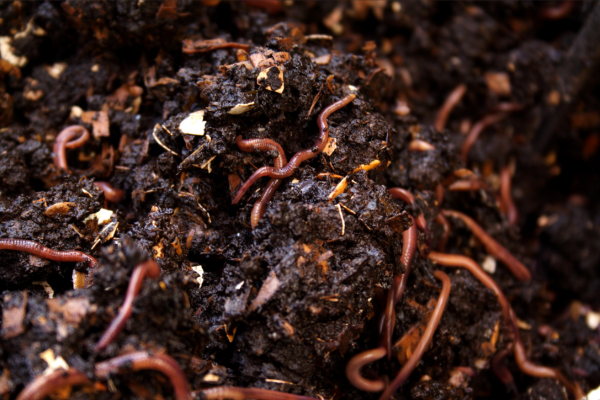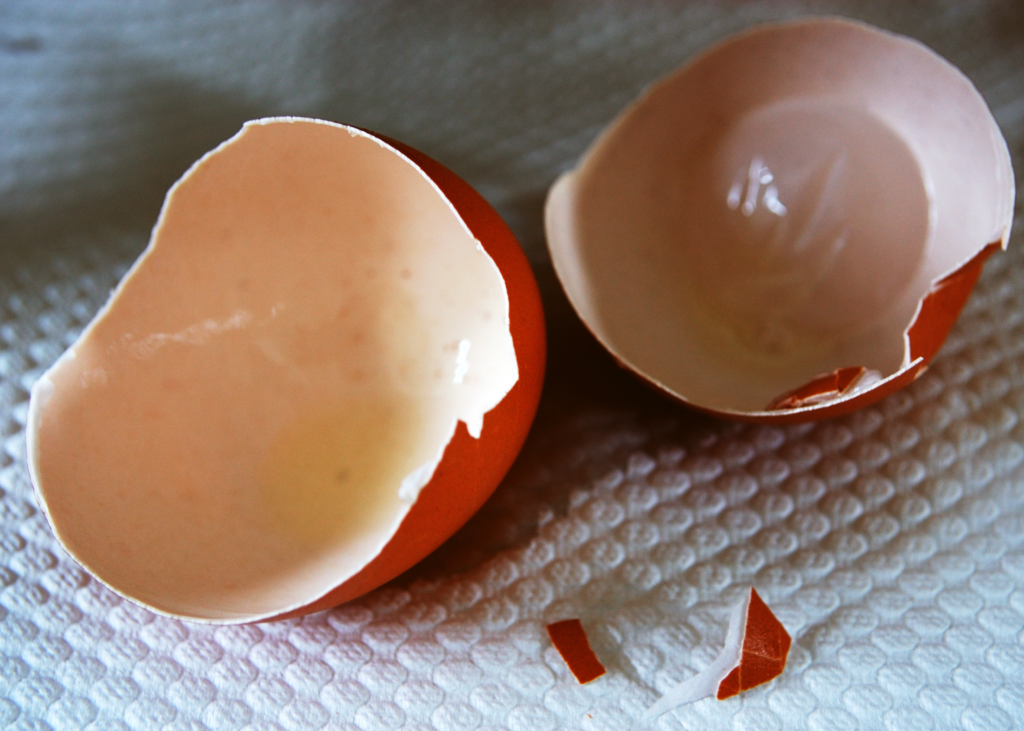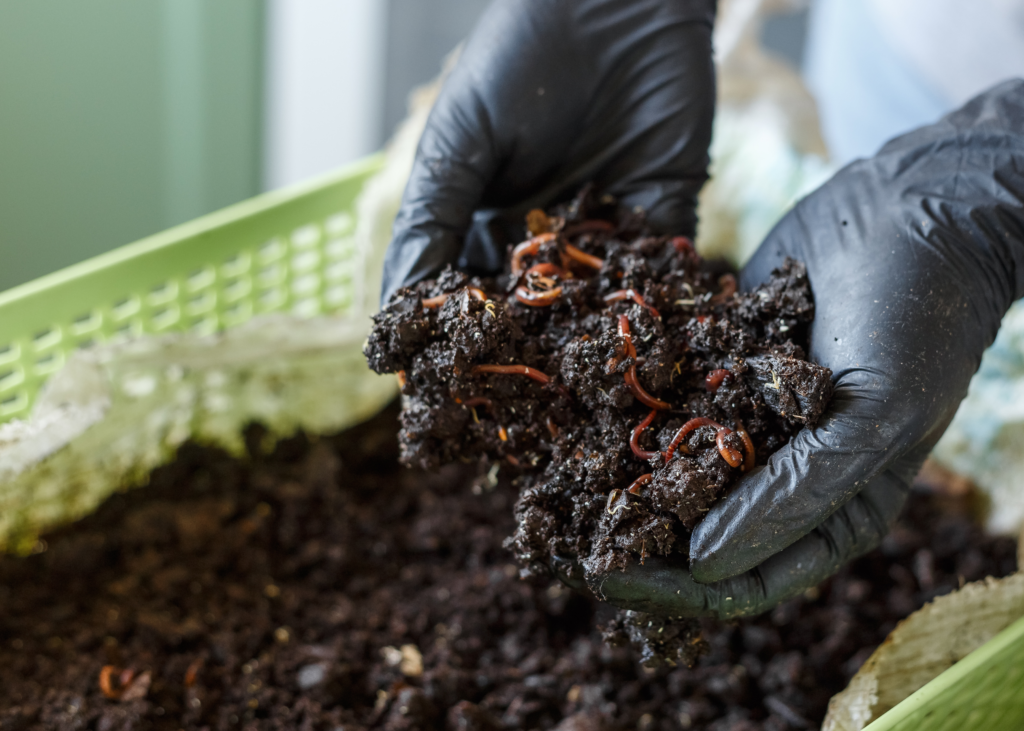Understanding pH in Your Worm Farm
What is pH?
pH is a measure of how acidic or alkaline (basic) a substance is, on a scale from 0 to 14. A pH of 7 is neutral, below 7 is acidic, and above 7 is alkaline. For worm farms, pH is crucial because worms have specific pH preferences for their survival and optimal activity.

The Ideal pH Range for Worms
Red wigglers and other composting worms thrive in environments with a pH between 6.0 and 7.0 – slightly acidic to neutral. When pH levels fall outside this range, worms become stressed, feeding activity decreases, and reproduction rates decline. In extreme cases, improper pH can even lead to protein poison and worm die-offs. It is very important to keep in mind, your worm bin is a living breathing ecosystem. The pH will fluctuate as things process.
Common Signs of pH Problems
- Too Acidic (pH below 6.0):
- Worms try to escape the bin
- Strong sour or vinegar-like odors
- Worms appear thin and pale
- Reduced activity and feeding
- Too Alkaline (pH above 7.5):
- Ammonia-like smells
- Slower decomposition rate
- Worms congregating in corners or at the bin’s edge
- Decrease in worm population over time
Factors Affecting pH in Vermicomposting

Food Scraps and Their pH Impact
Different foods introduce different pH levels to your system:
| Food Type | pH Effect | Examples |
|---|---|---|
| Citrus & Acidic Foods | Lowers pH (acidic) | Oranges, lemons, tomatoes, onions |
| Protein-Rich Foods (Not suggested to add) | Raises pH (alkaline) | Meat scraps, dairy, egg shells(okay to add) |
| Green Vegetation | Slightly acidic | Vegetable scraps, coffee grounds |
| Browns/Carbon Materials | Neutral to slightly alkaline | Cardboard, dry leaves, paper |
Microbial Activity
As organic material breaks down, microorganisms produce various compounds that can alter pH:
- Initial decomposition often creates acidic conditions
- As decomposition progresses, pH typically becomes more neutral
- Anaerobic (oxygen-poor) conditions lead to more acidic environments
External Factors
- Water Quality: Tap water can be alkaline in many regions
- Container Material: Some plastics or metals can leach compounds that affect pH
- Environmental Conditions: Temperature and humidity influence microbial activity, indirectly affecting pH
Monitoring and Adjusting pH in Your Worm Farm

How to Test pH
- Soil pH Test Kits: Affordable and available at garden centers
- pH Test Strips: Easy to use and provide quick results
- Digital pH Meters: More expensive but provide precise readings
- DIY Methods: Observing worm behavior and bin conditions
Tips for Adjusting pH
- To Lower pH (Make More Acidic):
- Add small amounts of coffee grounds
- Incorporate acidic fruit scraps (sparingly)
- Mix in a small amount of coco coir (use sustainably harvested)
- To Raise pH (Make More Alkaline):
- Add crushed eggshells (rinse and dry first)
- Sprinkle a small amount of garden lime
- Add aged horse or cow manure
- Mix in more cardboard or paper products
Prevention: pH Balancing Practices
- Balanced Diet: Provide a diverse mix of food scraps
- Proper Carbon-to-Nitrogen Ratio: Maintain a C:N ratio of approximately 25:1
- Regular Maintenance: Turn the bedding occasionally to prevent anaerobic pockets
- Avoid Overfeeding: Excess food can create acidic conditions as it breaks down
- Moisture Control: Keep bedding moist but not soggy (70-80% moisture content)
Simple pH Management Schedule
- Test pH monthly or whenever you notice worm behavior changes
- Add bedding materials weekly to maintain balance
- Adjust your feeding practices based on pH readings
- Document changes to understand your specific system’s patterns
Remember: Small, gradual adjustments are better than drastic changes that might stress your worms. A healthy, balanced worm farm naturally tends toward an optimal pH range when managed properly.
